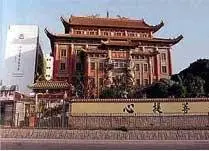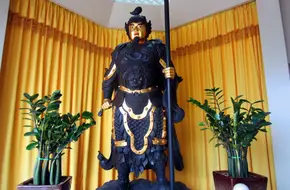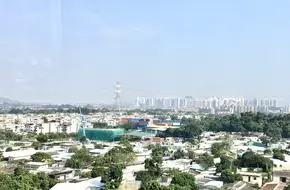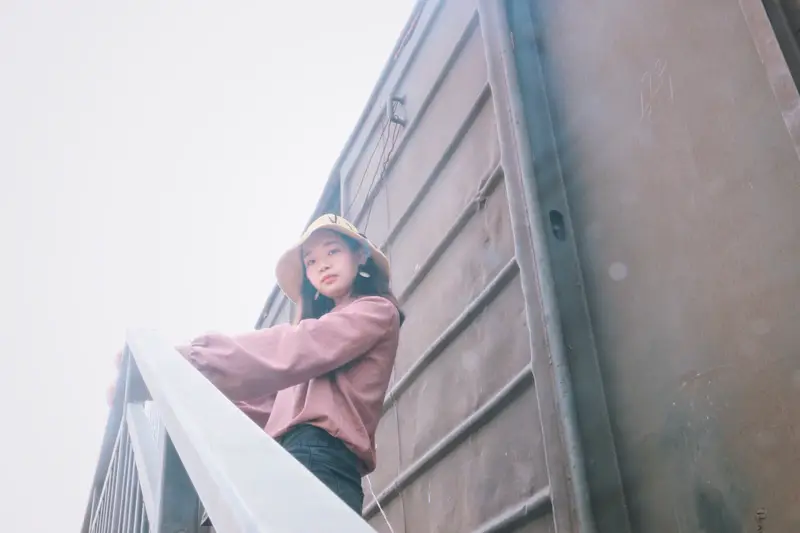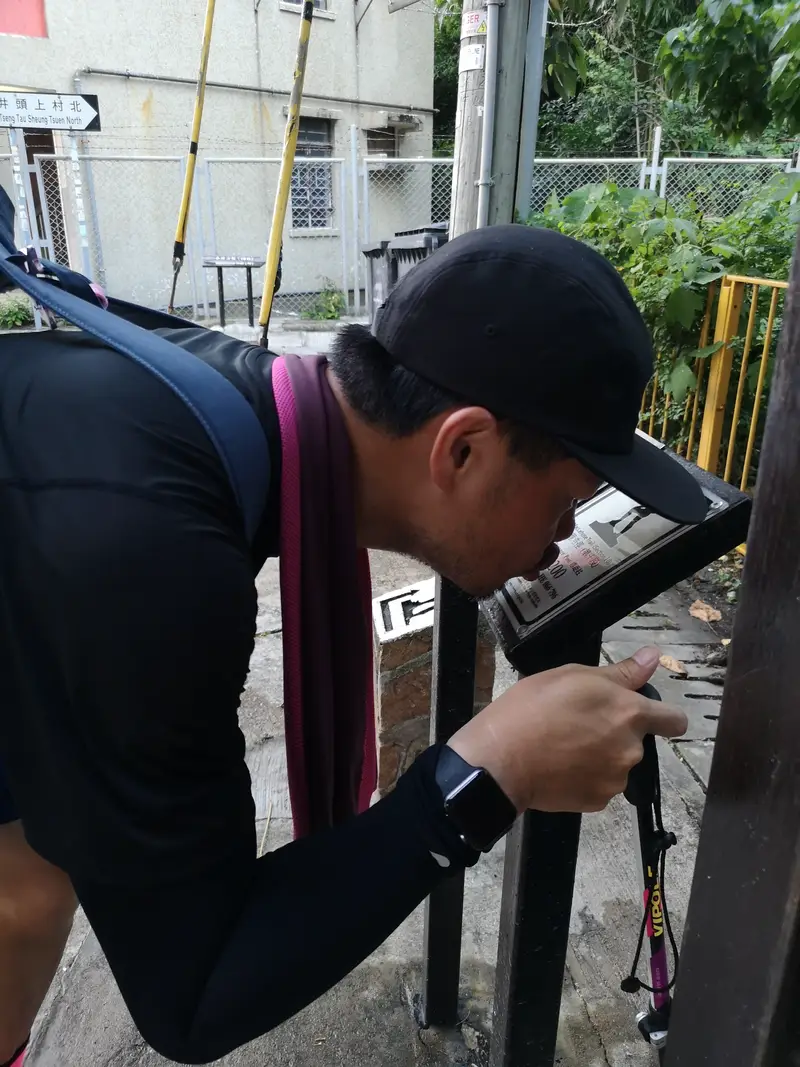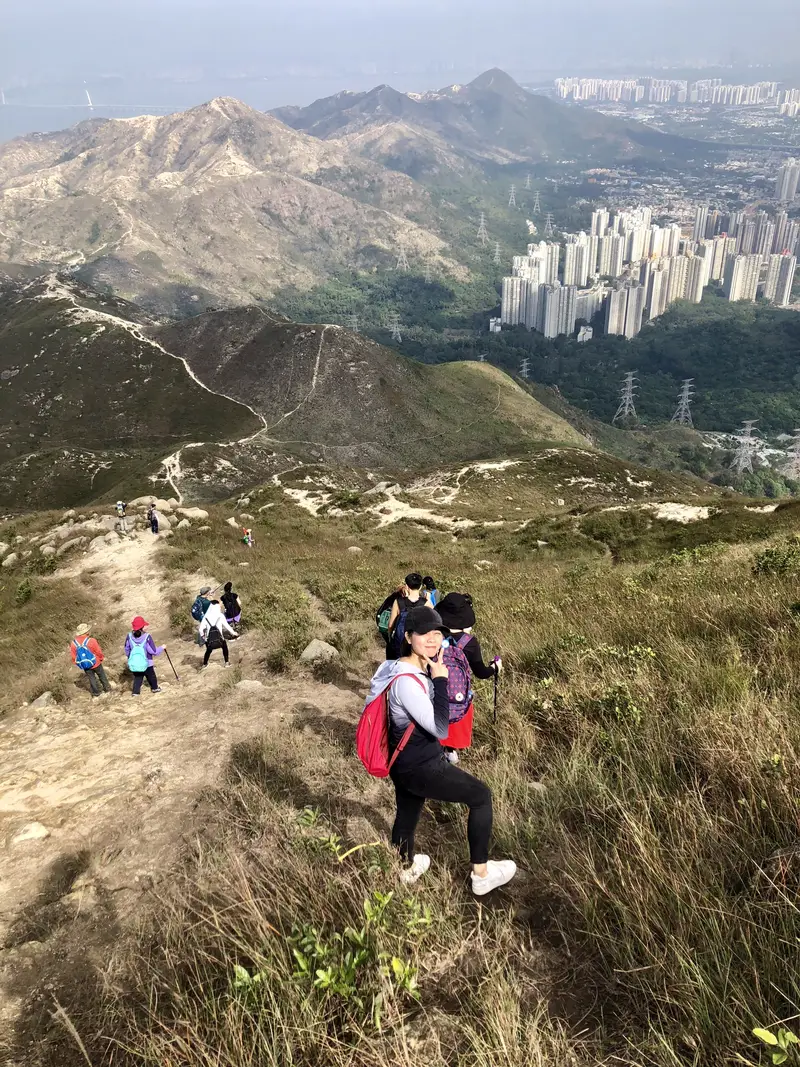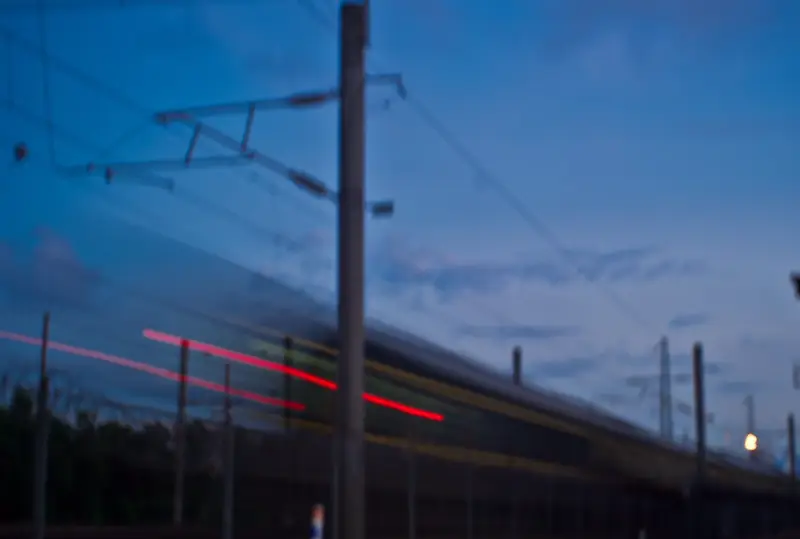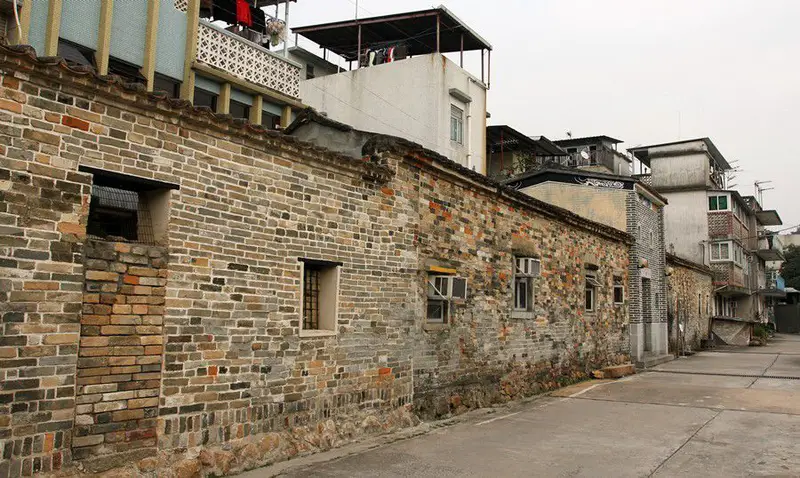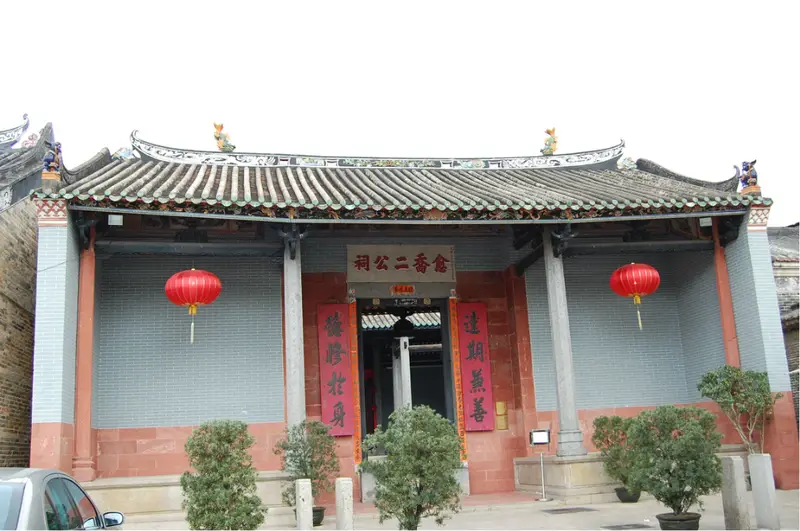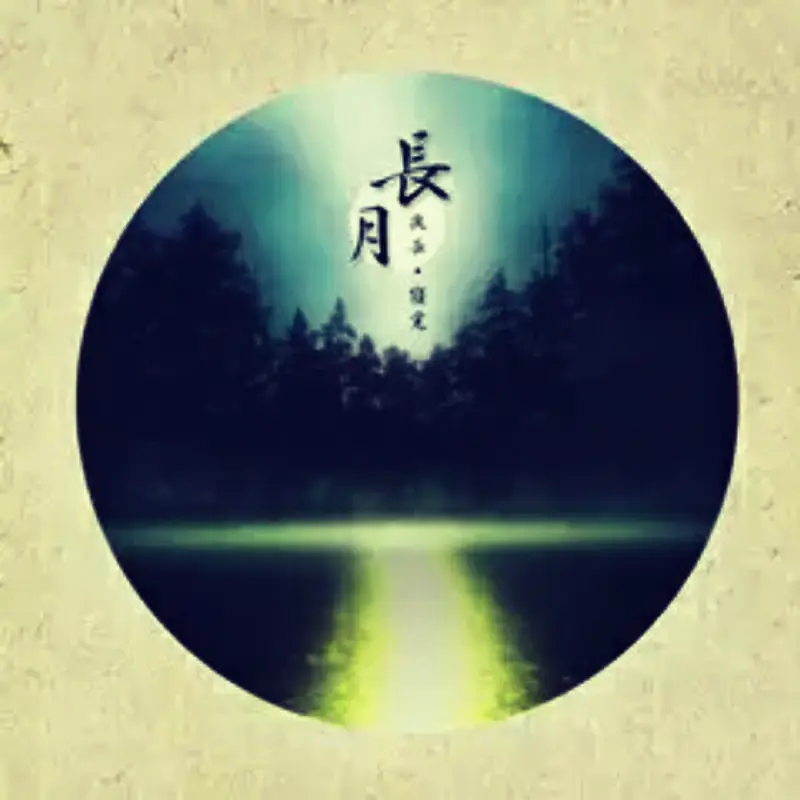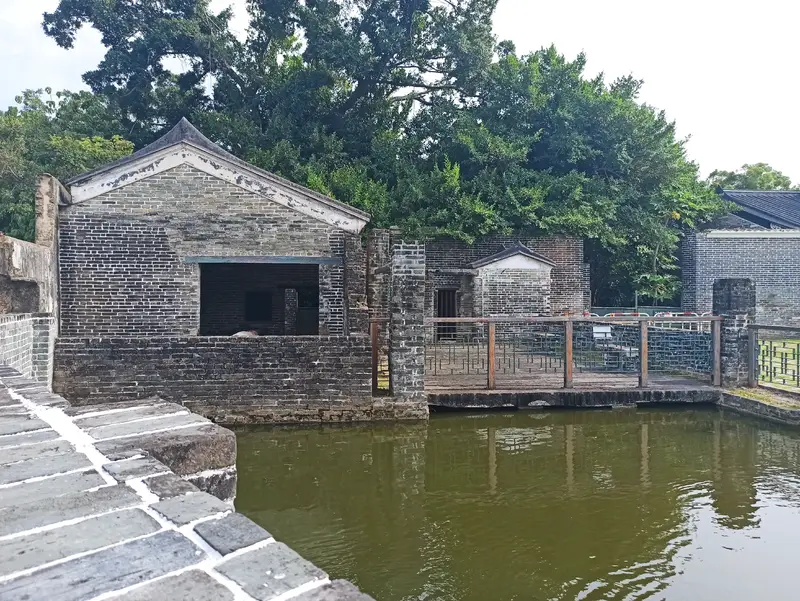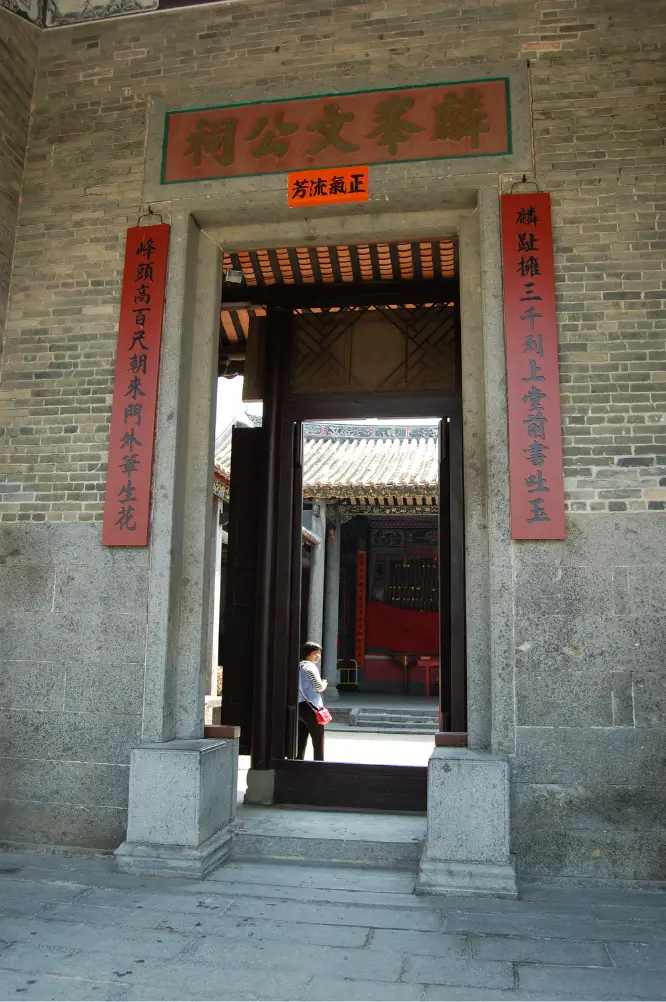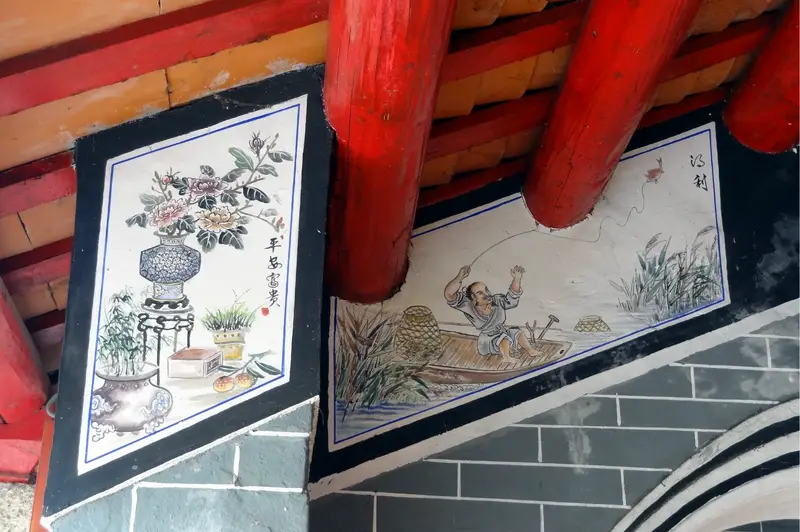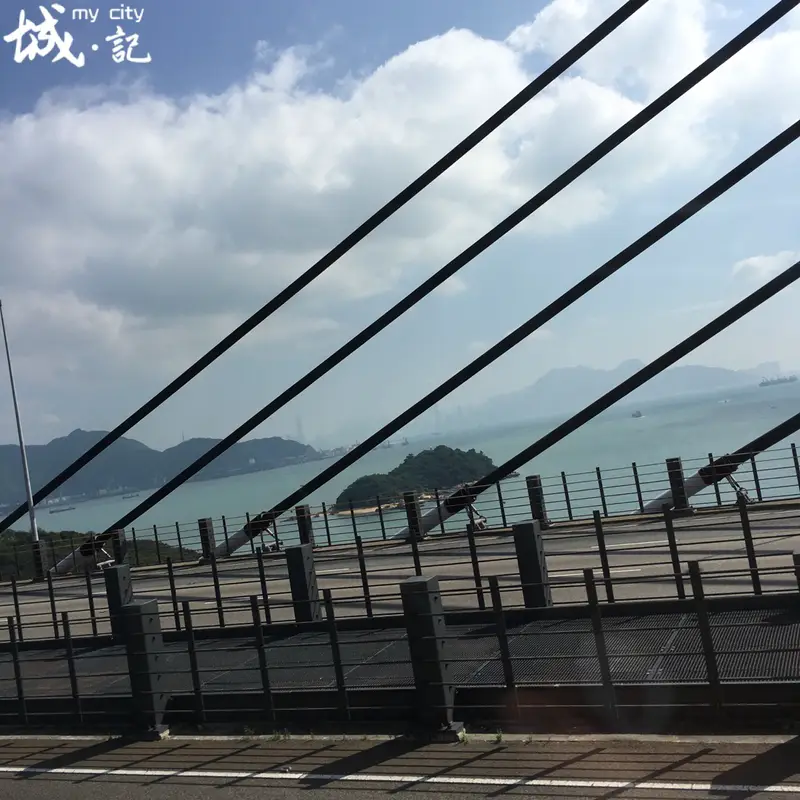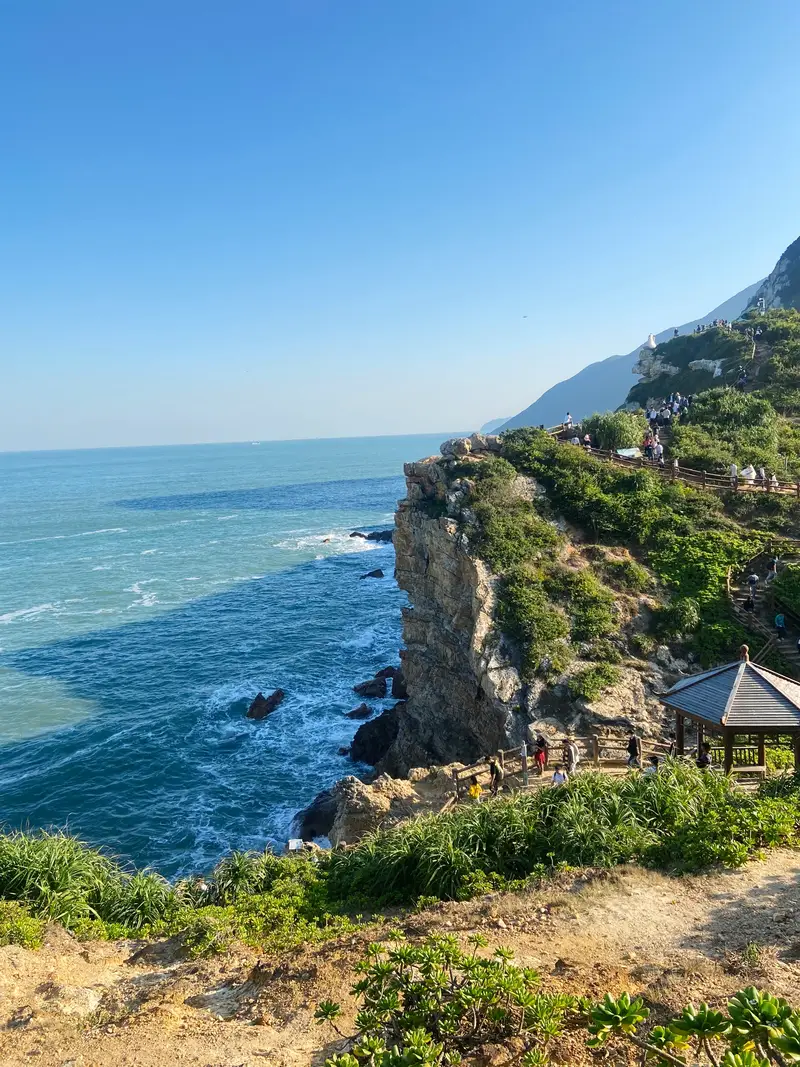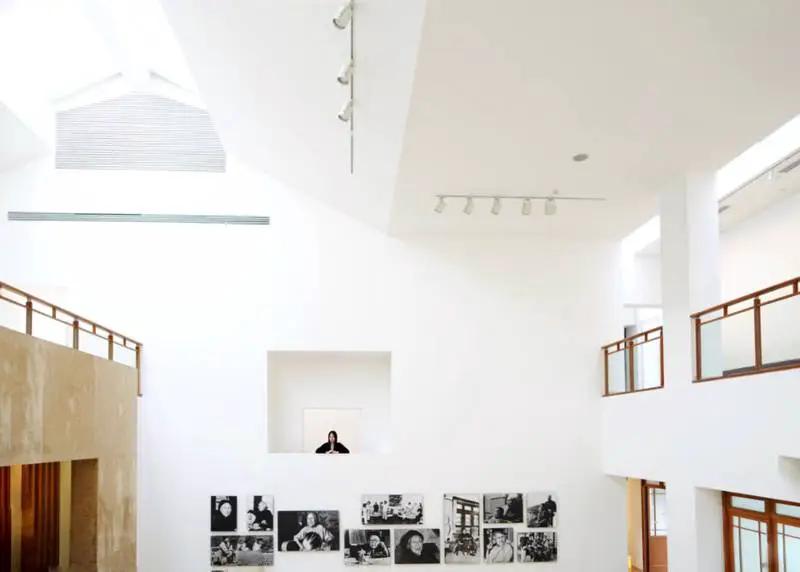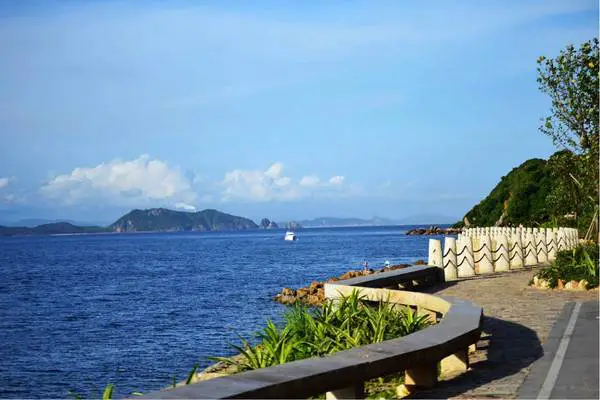Location & How to Get There
Miaofa Temple sits in Lan Tau, a quiet neighborhood in Tuen Mun, Hong Kong. While it’s technically in Hong Kong, its proximity to Shenzhen makes it a perfect day trip from the mainland. The temple is nestled along Castle Peak Road (青山公路), surrounded by low hills and residential areas.
To reach here, take the East Rail Line from Hung Hom in Hong Kong to Tuen Mun Station, then transfer to the Light Rail (trams) toward Lan Tau. Alternatively, if you’re coming from Shenzhen, cross the border at Futian Port, take a taxi or bus (like route B3X) to Tuen Mun, and hop on the Light Rail. Driving? There’s free parking at the temple, but arrive early as it fills up fast!
Natural Scenery: A Serene Escape
Miaofa Temple isn’t just a religious site—it’s a peaceful retreat. The temple blends into Castle Peak (青山), a lush area with hiking trails. You’ll spot green hills, palm trees, and occasional monkeys (yes, real ones!) near the temple grounds. The air feels fresher here, especially compared to bustling Hong Kong Island.
A short walk from the temple leads to a viewpoint overlooking Tuen Mun’s skyline. On clear days, you can even see Shenzhen in the distance. It’s a great spot for photos or just sitting quietly to enjoy the breeze.
Cultural Highlights: A Unique Temple
Miaofa Temple is unlike most traditional Chinese temples. Built in the 1960s by two monks, it’s famous for its modern-meets-Buddhist style. The heart of the temple is the “Hall of Ten Thousand Buddhas” (万佛宝殿), a 3-story tower covered in gold-glazed tiles that shine like sunlight.
Look up! The roof is decorated with ceramic dragons, lions, and mythical creatures. At the very top, two giant golden dragons guard a stupa (佛塔)—it’s like something out of a fantasy movie. Inside, the hall is packed with 10,000 tiny Buddha statues lining the walls, each one meticulously placed.
Even if you’re not religious, the mix of intricate details and bold modern design makes Miaofa Temple worth a visit.
Facilities: Practical Tips
The temple is visitor-friendly. Here’s what to expect:
- Free entry: No tickets needed!
- Vegetarian food: A small cafe serves cheap noodle soups and rice dishes. Try the tofu dish—it’s flavorful!
- Souvenirs: Buy incense, prayer beads, or lucky charms at the temple’s shop. Prices are reasonable.
- Rest areas: Wooden benches and pavilions dot the grounds. Perfect for resting or chatting with friends.
- Cleanliness: Bathrooms are spotless, which is rare for a busy temple.
Pro tip: Pick up a free brochure at the entrance. It explains the temple’s history in simple English.
Visiting Experience: What to Do
Spending 1–2 hours at Miaofa Temple is ideal. Start by exploring the Hall of Ten Thousand Buddhas. Climb to the top floor for a close-up of the dragon-guarded stupa. Don’t miss the prayer wheels outside—spin them clockwise for good luck!
If you visit on a weekend, you might catch a Buddhist chanting session (usually in the morning). Even non-Buddhists find the melodic singing calming. For photos, the golden roof glows best in the morning light, but afternoon offers softer shadows.
Be respectful: Avoid loud talking inside the halls, and remove your shoes before entering sacred areas.
Nearby Extras: Make a Day Trip
After visiting Miaofa Temple, head to nearby attractions:
- Lan Tau Village: A 10-minute walk away, with local shops selling snacks and herbs.
- Cheung Sha Beach: A 20-minute drive west for swimming and sunset views.
- Pineapple Dam: A quirky reservoir with a retro look, great for Instagram.
Combine Miaofa Temple with these spots for a full day of Hong Kong’s lesser-known charms. Trust me—you’ll feel more connected to the city’s spiritual side!
Final Tip: Visit on a clear day for the best vibes. And if you’re from Shenzhen, this is your chance to explore a hidden gem just across the border. Happy travels!


